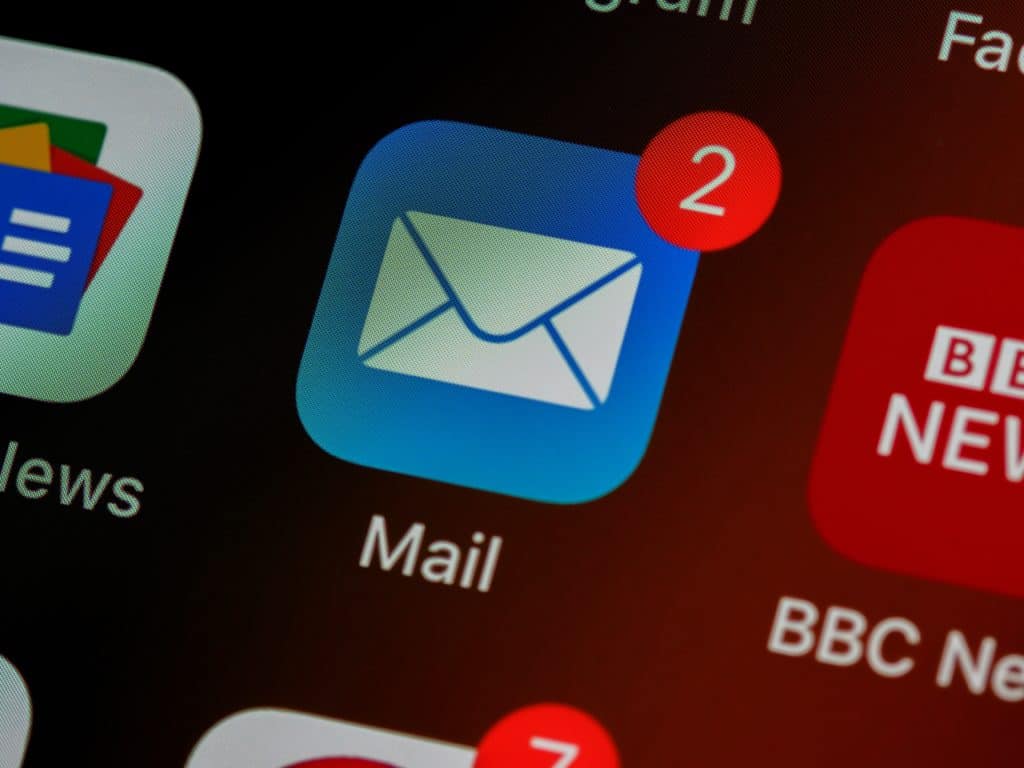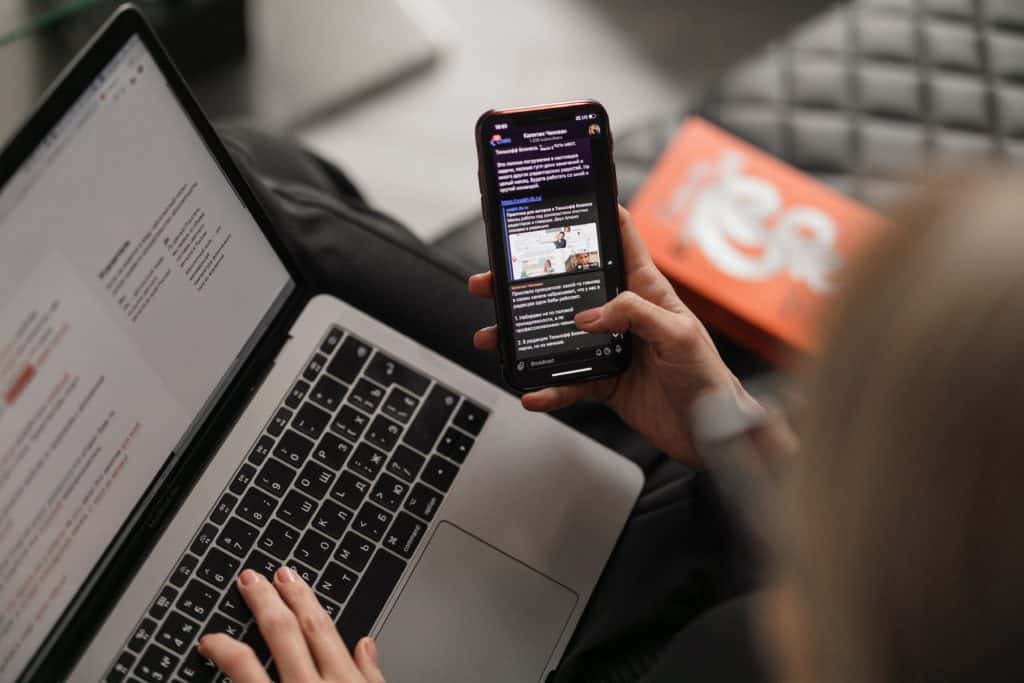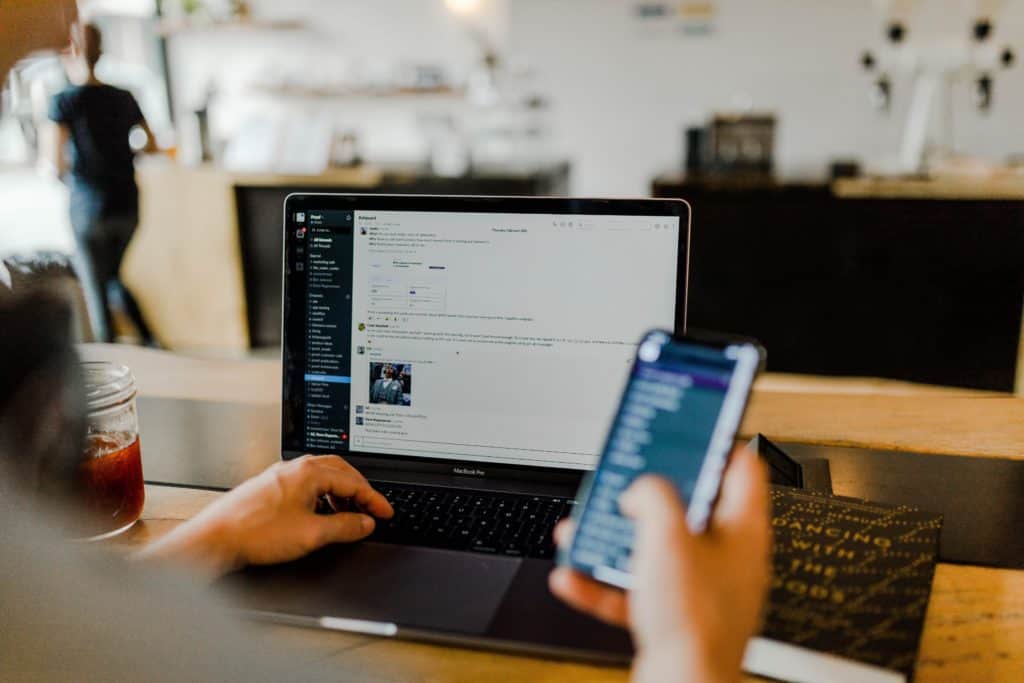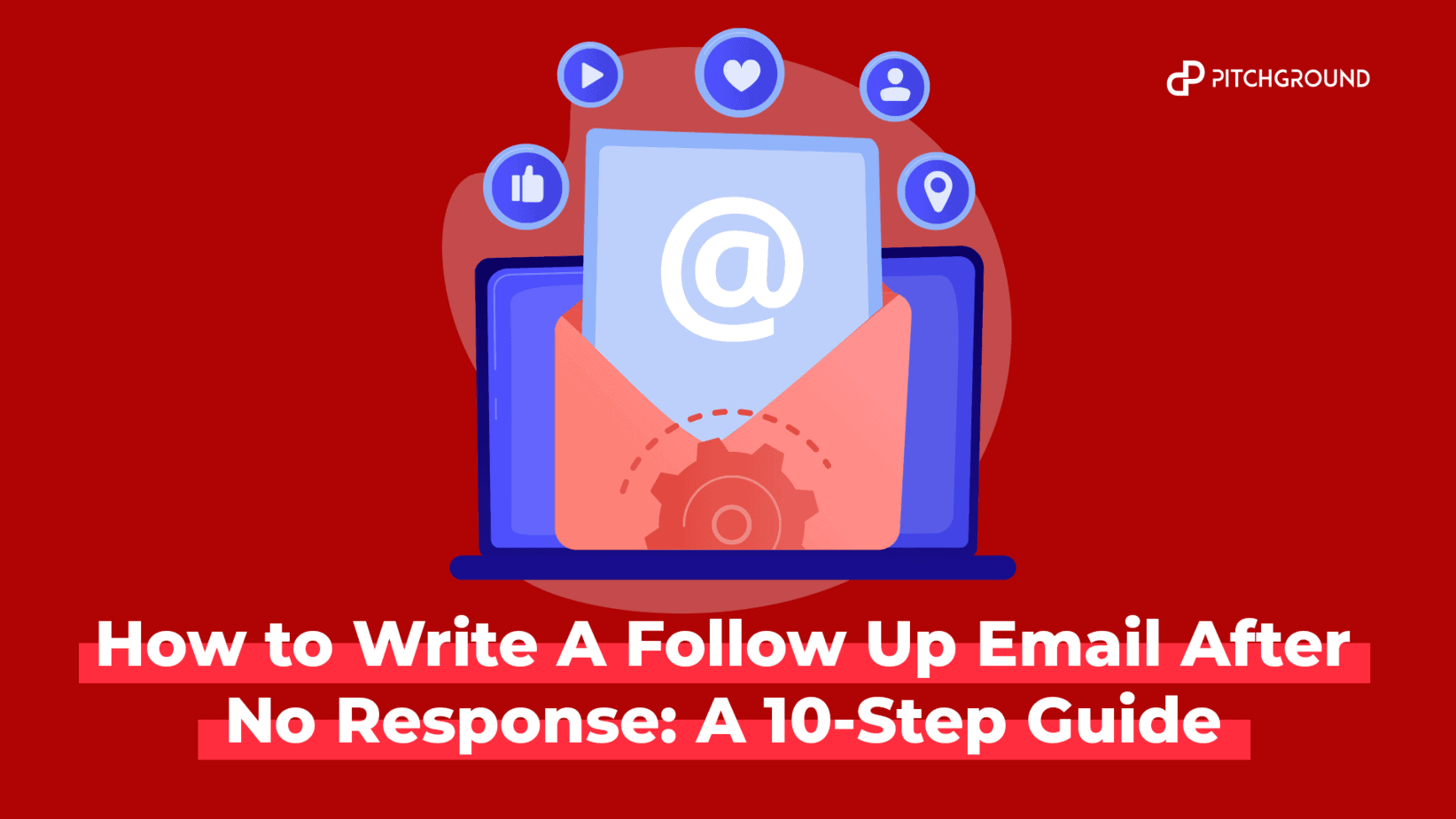You have been prospecting a client, and you send them emails regarding doing business with you, but they don’t reply.
And now you’re stuck waiting for their response. So, why not send a follow-up email?
In this article, we will look at how to write a follow up email after no response.

How often do you send out follow up emails or texts after receiving no reply from someone? Are these messages really effective?
You might be tempted to believe that sending out multiple follow up messages will get better results.
In reality, however, they don’t work because the person who ignored your message isn’t going to respond. Instead, you should focus on other ways to reach out to them.
People ignore your initial message and then they stop responding to your subsequent messages, even though you didn’t give up.
What’s worse, some people actively dislike being contacted. They would rather let their guard down by ignoring you than deal with the hassle of answering your questions.
It’s frustrating to get no response when you want to connect with someone but are left wondering what happened.
After all, there is nothing wrong with contacting someone. You just need to know how to make it happen.
The problem lies in not knowing the right approach. If you keep reaching out without any proper guidance, you will find yourself wasting time chasing ghosts.
Statistics
- As research shows, you can boost your reply rates by 65.8% by sending a single follow-up. (hunter.io)
- Ideal Number of Follow Ups study from Iko System saw an 18% response rate to the first email they sent, and 13% to the fourth. (mailshake.com)
- A study from Yesware saw a 30% reply rate to the first email and 14% to the fourth. (mailshake.com)
- Yesware reports that a colossal 70% of email chains stop after just one unanswered email. (mailshake.com)
- But 92% of people give up after hearing ‘no’ four times. (mailshake.com)
- It means that only 8% of salespeople – those following up at least five times – are generating 80% of all sales. (mailshake.com)
How often should you send follow up email after no response?
If you want to get a job or land a new client, you need to make sure they remember you.
Sending a follow up email after no response is a great way to remind them of who you are and why you sent them your original message.
You don’t have to wait until the next day to send another email.
Sending follow up emails within 24 hours can increase your chances of getting a response.
Make sure that each follow-up email includes an introduction paragraph introducing yourself and providing some value to the person.
You also need to have a link to your website to know where else to go for more information about you.
And when you do this, try not to use too many links. Instead, include one-two links that give them a reason to click on your site. Remember, follow up email after no response should have something clients or HR can look back to
Sending Follow Up Email After No Response: A Step-By-Step Guide

1. Send Your First Email
This first email gives people a sense of who you are and what you offer. It will help the recipient know that you’re interested in working with them. The subject line should say something like “I am writing to introduce myself….”
2. Include a Link To Your Website
When you send a follow-up email, you must include a link to your web page. Make sure that the link takes users directly to your business website. If possible, try to have a photo of you at work.
3. Add Value With Each Email
Each follow up email should add value by showing how much you care about the person receiving your message. For example, if you were applying for a position as a salesperson, you could mention how much you enjoy helping customers solve their problems.
4. Don’t Be Afraid To Ask Questions
It’s okay to ask questions in your follow up emails. People appreciate knowing that you’re interested in them because it shows that you care about them. So, ask questions such as: What type of products/services does your company sell? Are there any other ways I can contact you? Do you have any additional questions?
5. Keep Your Subject Lines Simple
Using long, complicated subject lines may seem appealing initially, but they won’t do anything for you. Try using simple words that describe exactly what you’re trying to say.
6. Write Short & Sweet
Your emails should be short and sweet. It’s best to keep your emails under 150 words. Remember that most people scan these emails, so you need to grab their attention immediately.
7. Use Personalized Messages
The key to success with follow-up emails is to personalize every single message. When you send personalized messages, you show that you understand who the person is and what they need.
8. Respond Promptly
Be sure to respond to all of the emails you receive promptly. Most companies expect you to send a reply within 48 hours. But, if you have time constraints, consider responding within 24 hours. However, if you still haven’t heard back from someone two days later, you might want to give them a little extra time to get back to you.
9. Provide Feedback
People love Feedback! So, make sure that you tell people what they did well and what you’d like them to improve upon. Tell them what you liked about their communication and what didn’t work for you.
10. Always End On A High Note
Always end your email with a strong closing statement. For example, “Thanks again for taking the time to read my letter.” Or, “You’ve been accommodating, and I look forward to hearing back from you soon!”
Questions:

1. Why Send Follow Up Email After No Response?
There are several reasons why you should continue to try to contact prospects after they haven’t responded to your first message. One reason is that it increases your chances of getting hired.
If you aren’t willing to chase ghosts, you may as well quit now. It’s much easier to ask for a job than to go through a long process of trying to land one. That being said, it still pays to continue making efforts to follow up with potential employers even if you received no response to your initial message. It simply shows that you’re persistent and determined.
2. How Many Follow Up Emails Should I Send?
Before we answer that question, let’s talk about the definition of a follow up email. A follow-up email could be defined as an email that follows up on a previous message. For example, if you had a conversation with a company CEO or HR director, you probably want to keep in touch even if he/she hasn’t replied to your initial request. This is why you should always send follow-up emails after no response. If you stop following up, you won’t have an idea of what’s happening in the business world.
However, the number of follow up emails depends on each situation. Here’s what to consider:
1) How important is the person to whom you sent your initial message?
2) Does that person handle most of the hiring decisions?
3) Do you already have a relationship with this person before asking him/her for a position?
4) Is this person likely to remember you since you’ve previously worked with him/her?
5) When does the company expect to hire?
6) Is it possible to schedule a meeting between you and the person when he/she has free time?
The Bottom Line
Don’t worry too much about follow up email after no response from each and every one of those people. Just focus on getting one or two responses per week. You’ll see results in no time!



